Description
Latin Name: Pistacia Lentiscus
Mastiha is basically resin form from the mastic tree (Pistacia lentiscus) and appears in drops. While these mastiha trees may grow in other areas in the Mediterranean and produce resin, only the Chios trees produce the mastiha “tears” that have the characteristic aroma, taste and health benefits.
Since ancient times, mastiha, exclusively found on the Greek island of Chios, has been renowned for its medicinal and therapeutic values and as an exotic spice. It is also often referred to as the oldest superfood in the world.
Mastiha is not only used in food and drink, but also in the cosmetic and pharmaceutical industry.
– Mastic gum is effective against bacteria and fungi, and be used to treat skin disorders and infections, including bronchial infections.
– It helps eliminate H. pylori bacteria in the digestive tract, known to cause gastritis and peptic ulcers.
– Chewing mastic gum reduces bacterial plaque by up to 41%, preventing tooth decay and gingivitis. Traditional use includes breath freshening.
– Regular consumption reduces cholesterol levels, lowering the risk of cardiovascular disease.



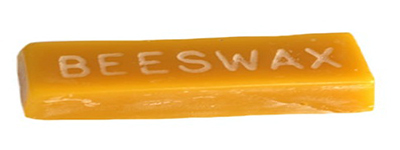

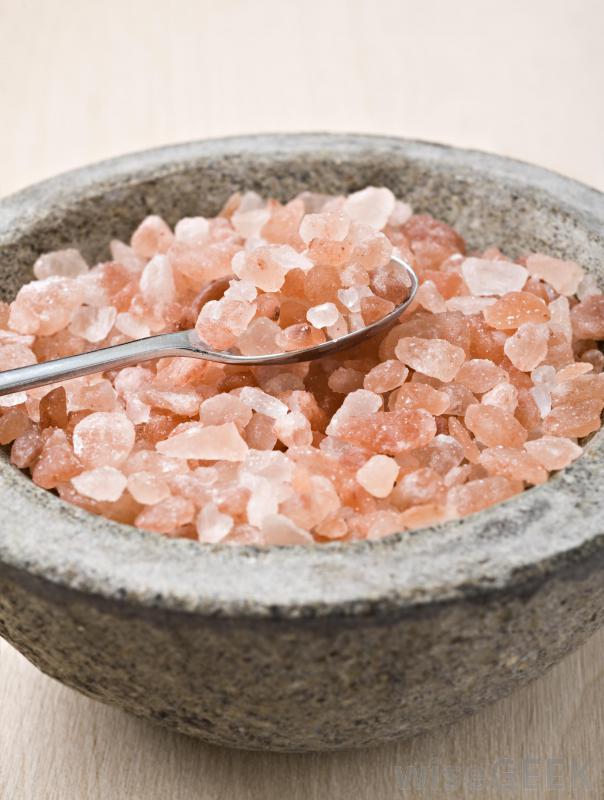
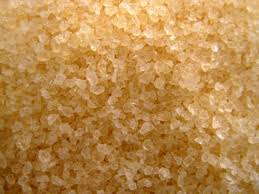

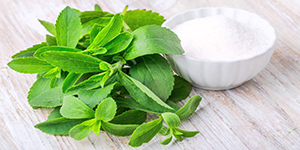

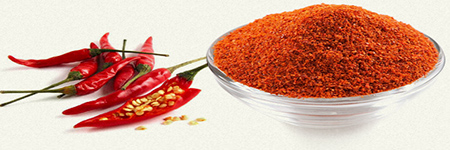
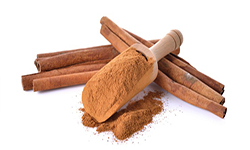
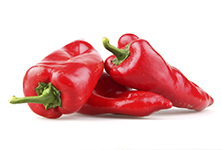
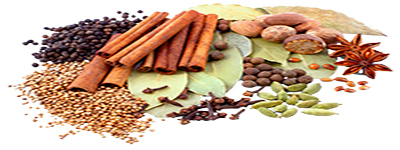




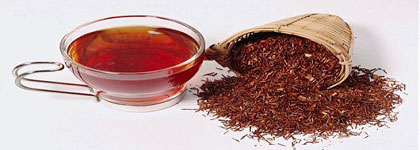

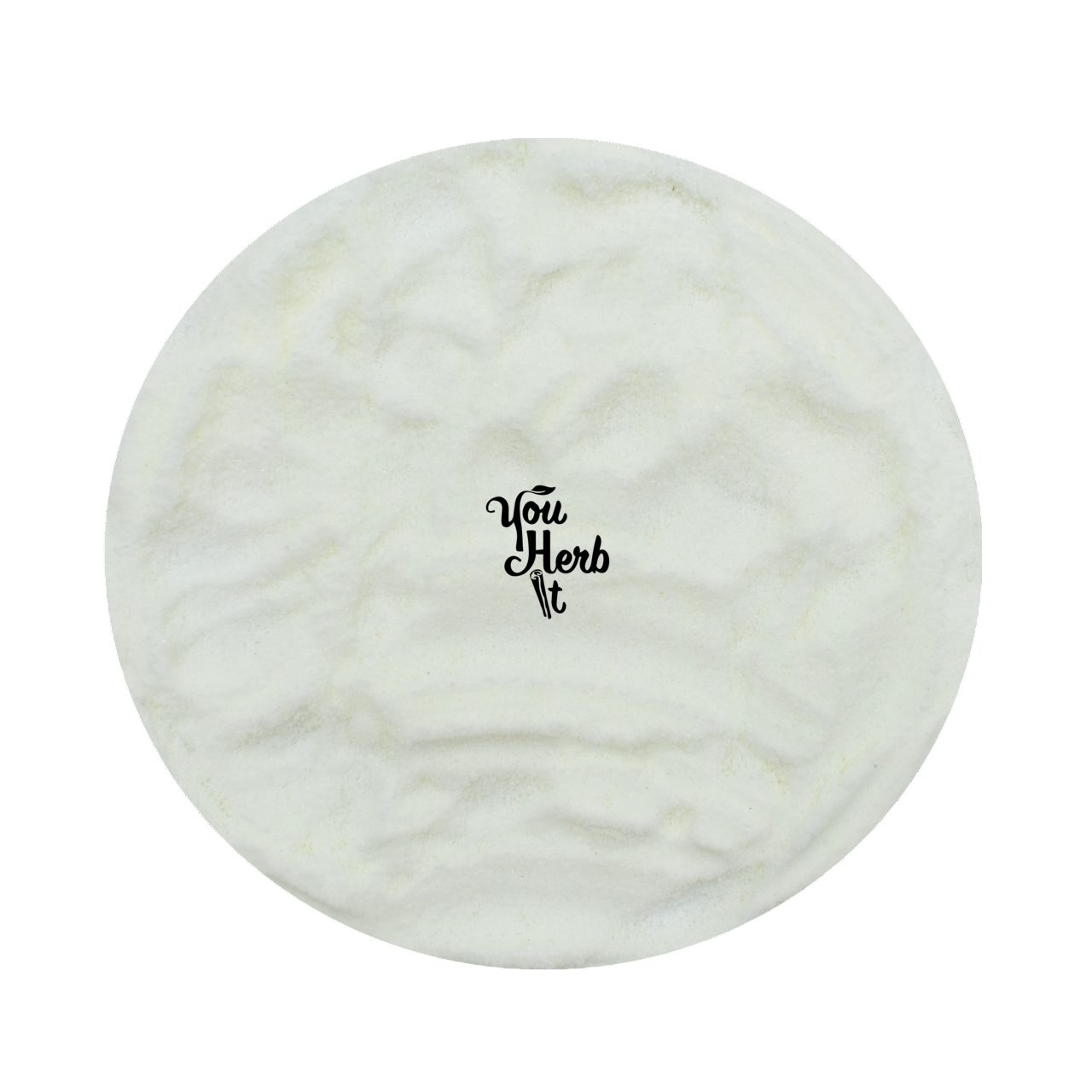
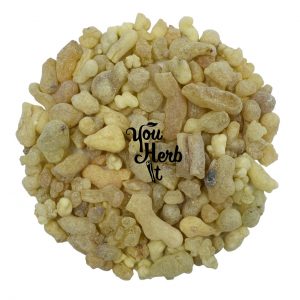
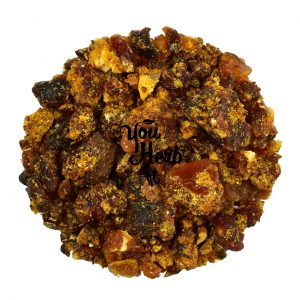
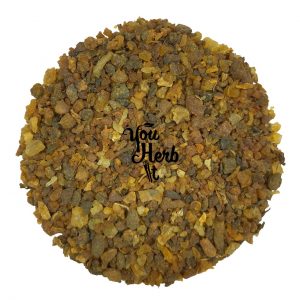
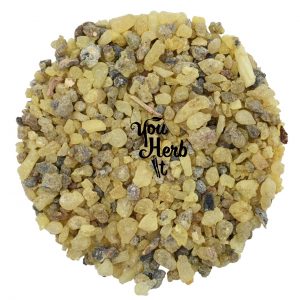
Reviews
There are no reviews yet.